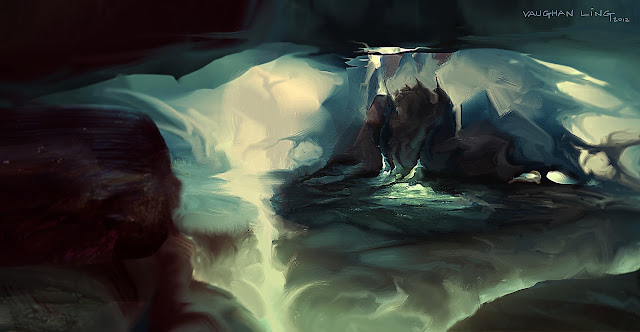


It is set instead by the unchanging physics of wind and wave and pressure and most of all temperature that regulates when clouds form … so when the sun goes up a bit, the clouds go up a bit, and balance is maintained.Īnd this, in turn, is my explanation of why it is so difficult to find any strong, clear solar signal in the temperature records. The resulting temperature is not based on the available forcing, we know there’s more than enough forcing available to fry us. The thermoregulation system is not based on how much energy there is available from the sun or from CO2.

It doesn’t disturb the control system that the solar forcing is constantly varying from a host of factors, from dust and volcanoes to 11 and 22 year solar cycles. This means that the system is actively regulating the amount of incoming solar energy to maintain the temperature within bounds. We could be a whole lot hotter than we are now, and we’re not … Remember that at the current temperature, the system variably rejects about a quarter of the available incoming solar energy through reflections off of clouds. That’s why meteors and volcanoes have come and gone and the temperature just goes on. As a result, by and large the global average temperature of the planet is relatively indifferent to variations in the level of the forcing, whether from the sun, from CO2, from volcanoes, or any other reason. It is not based on the amount of forcing (downwelling solar and greenhouse radiation).īy that I mean that the control system starts to kick in when the local temperature rises above the critical level for cloud emergence. The temperature control system I describe above, based on the timing and duration of the onset and existence of emergent temperature phenomena, is temperature based.

So what are some of the things that might be causing these slow, century or millennia long drifts in temperature? Is it changes in the sun? I think that the explanation lies elsewhere than the sun, and here’s why. However, this brings up a new question-although the change in temperature is quite small, with changes of only a few tenths of a percent per century, less than a degree, sometimes the global average temperature has been rising, and sometimes falling. The behavior of flocks of birds and schools of fish are emergent phenomena. I hold that this astonishing stability, in a system whose temperature is controlled by something as fickle and variable as clouds and wind, is clear evidence that there is a strong thermostatic mechanism, or more accurately a host of interlocking thermostatic mechanisms, controlling the temperature.įigure 1. In the last century, for example, the temperature has varied only about ± 0.3☌, which is a temperature variation of only about a tenth of one percent. Under my paradigm, on the other hand, natural thermoregulatory systems constrain the temperature to vary within a narrow range. The current paradigm is that climate is a system in which temperature slavishly follows the changes in inputs. In my last post, “ Emergent Climate Phenomena“, I gave a different paradigm for the climate.


 0 kommentar(er)
0 kommentar(er)
